All Science
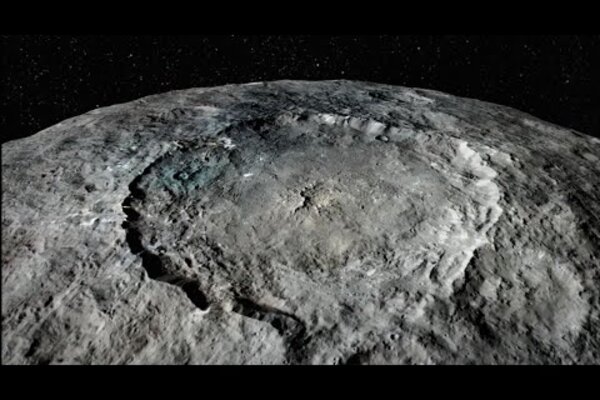 First LookWhat is it like to orbit Ceres? This NASA animation will show you.
First LookWhat is it like to orbit Ceres? This NASA animation will show you.NASA's latest video allows earthbound viewers to travel vicariously to our solar system's asteroid belt with the Dawn spacecraft.
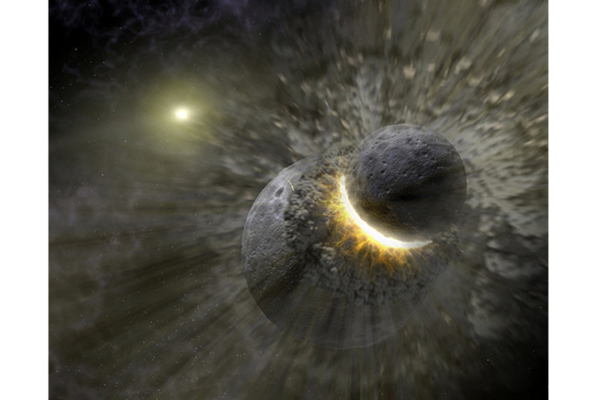 What made the moon? Rocks suggest humongous impact.
What made the moon? Rocks suggest humongous impact.Researchers found that moon rocks and Earth's rocks are surprisingly similar, yielding clues into the violent event that created the moon.
 First LookWhat our ancestors' hankering for big eggs meant for a 500-pound bird
First LookWhat our ancestors' hankering for big eggs meant for a 500-pound birdScientists examined burnt fragments of the massive eggshells to determine the link between humans and the bird's extinction.
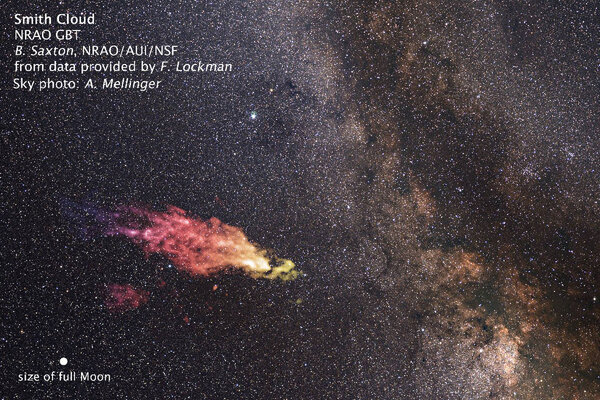 First LookHumongous gas cloud is careening toward the Milky Way: When will it hit?
First LookHumongous gas cloud is careening toward the Milky Way: When will it hit?A colossal cloud composed mostly of hydrogen is racing towards our galaxy at astonishing speed. When it collides, say scientists, the explosion will be spectacular.
 Could wind, solar slash carbon emissions affordably?
Could wind, solar slash carbon emissions affordably?Scientists thought solar and wind power were prohibitively expensive options to cut carbon emissions. But new research suggests these green technologies might be an affordable solution if employed on a national scale in a 'superhighway of electrons'.
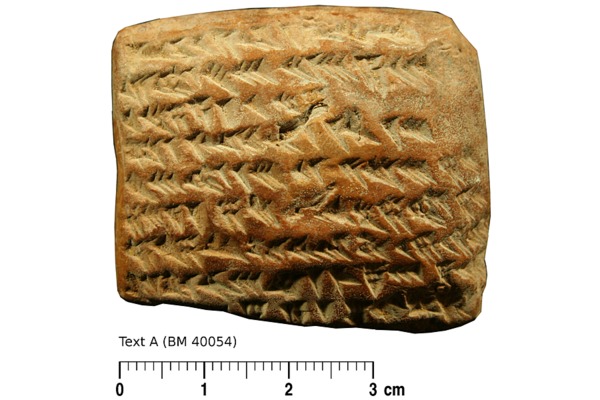 Were ancient Babylonian astronomers math whizzes? Check out these tablets.
Were ancient Babylonian astronomers math whizzes? Check out these tablets.Ancient Babylonian tablets reveal that astronomers were likely way ahead of their time mathematically. According to the clay records, these astronomers tracked the planet Jupiter using geometrical calculations thought to be developed some 1,400 years later.
 Could fungi survive on Mars?
Could fungi survive on Mars?The European Space Agency sent fungi from the harshest conditions on Earth into space to see how they would fare in Mars-like conditions at the International Space Station. What could that say about life on the Red Planet?
 SpaceX tests parachutes for returning astronauts
SpaceX tests parachutes for returning astronautsThe commercial space flight contractor recently ran tests for its Crew Dragon capsule, scheduled to fly in 2017.
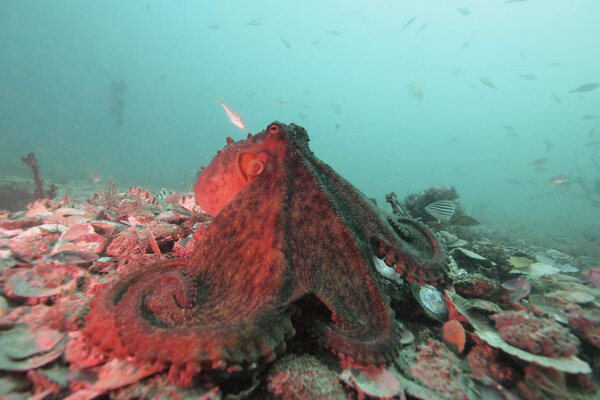 First LookColor-coded conversation: Octopuses aren't so anti-social after all.
First LookColor-coded conversation: Octopuses aren't so anti-social after all.Scientists have long believed that octopuses do not interact with one another. New research is changing our understanding of the color-changing, shape-shifting cephalopods' behavior.
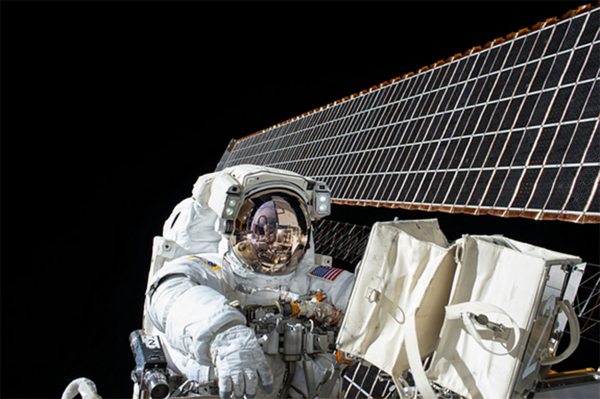 When NASA moves out of low Earth orbit, will private companies move in?
When NASA moves out of low Earth orbit, will private companies move in?NASA is urging private companies to take advantage of the International Space Station while they still can.
- Why did feds scale back the whale sanctuary in Hawaii?
The Hawaiian government stopped the proposed expansion of a marine sanctuary, claiming that increased federal oversight would diminish the influence of local stakeholders.
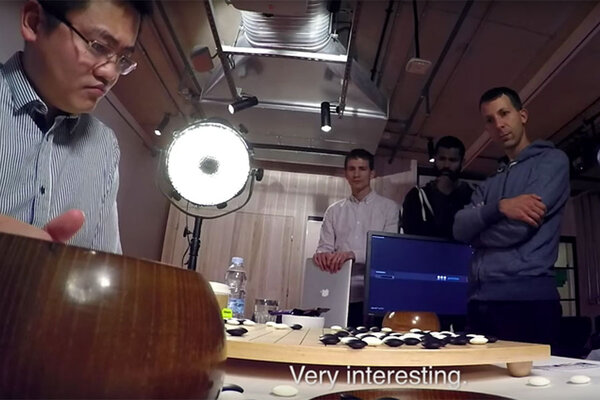 Google's AI victory: Computer beats human champion at strategy game Go
Google's AI victory: Computer beats human champion at strategy game GoA computer system developed by Google DeepMind researchers has beaten humans at their own game. The AI beat a professional Go player at the complex strategy game in a feat thought to be years away.
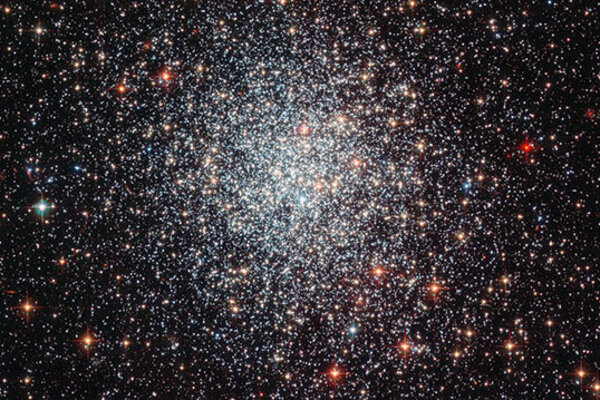 First LookNewborn stars adopt gas from their parent galaxies, astronomers say
First LookNewborn stars adopt gas from their parent galaxies, astronomers sayAbout a decade ago, astronomers found that older stellar globular clusters were host to younger stars, but they did not know why or how.
 Were cats domesticated twice?
Were cats domesticated twice?A new study suggests that cats were domesticated in a Chinese village 5,000 years ago – isolated from the domestication of another feline subspecies 5,000 prior.
 Revenge of the tiger trout: Scientists go after tui chub in Oregon lake
Revenge of the tiger trout: Scientists go after tui chub in Oregon lakeA single tui chub minnow has been found in Oregon's Diamond Lake, but state Fish and Wildlife officials are preparing to send an army of up to 25,000 tiger trout after it.
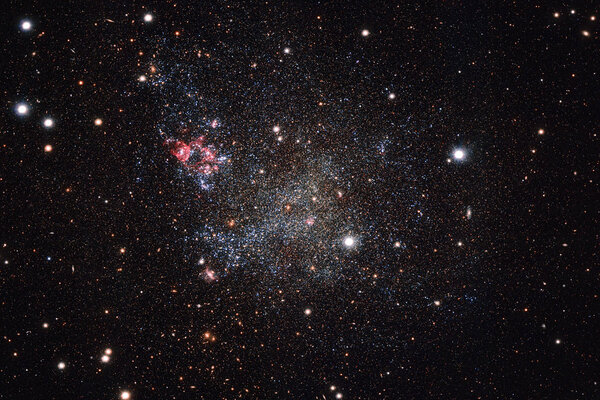 First LookWhy scientists are calling this dwarf galaxy a 'clean freak'
First LookWhy scientists are calling this dwarf galaxy a 'clean freak'Like other neighboring galaxies, the small dwarf galaxy of IC 1613 contains stars and planets. But unlike its neighbors, IC 1613 is dust-free.
 Why the 'Doomsday Clock' says, we're still 3 minutes from midnight
Why the 'Doomsday Clock' says, we're still 3 minutes from midnightThe world's politicians are harshly criticized by The Bulletin of the Atomic Scientists' Security Board, which issued an update to their famous 'Doomsday Clock.' The Bulletin asks citizens to call for change.
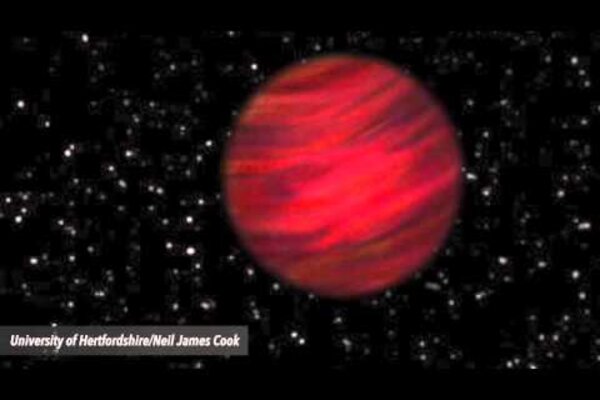 This weird solar system is the widest ever discovered
This weird solar system is the widest ever discoveredScientists have confirmed the discovery of the widest known solar system - 600 billion miles across. While its existence is unusual, the bigger question is how it got there.
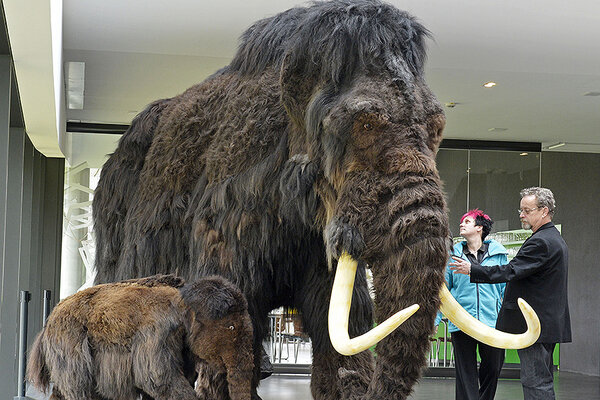 Delay of game: Mammoth bone discovered at Oregon State University stadium
Delay of game: Mammoth bone discovered at Oregon State University stadiumOregon State University's mascot is the comparatively tiny beaver. But mammoths were practically a national symbol for early American naturalists, who used them to argue that the New World was home to just as many cool creatures as the Old.
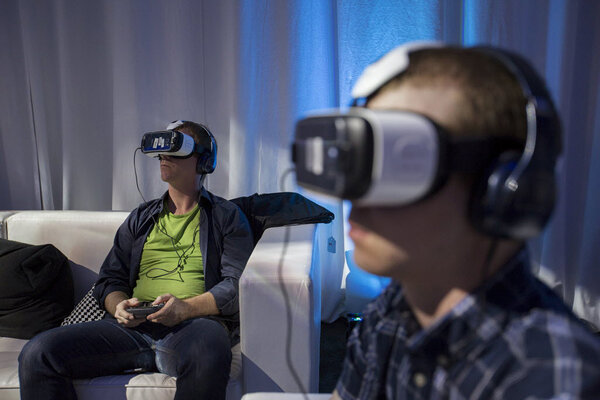 Ready to travel to Mars? You virtually can.
Ready to travel to Mars? You virtually can.NASA has partnered with a media company to create a simulated mission to Mars, which will be available to virtual reality fans later this year.






















